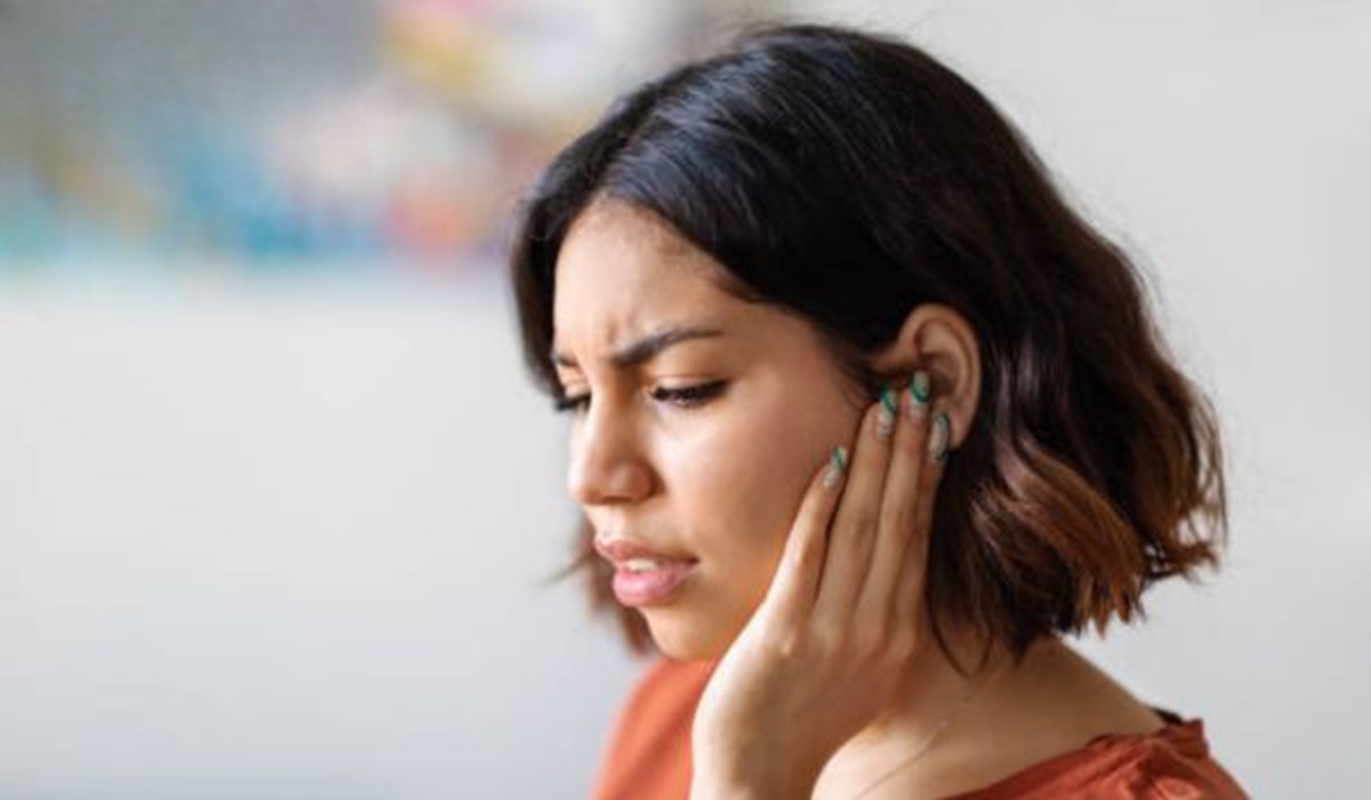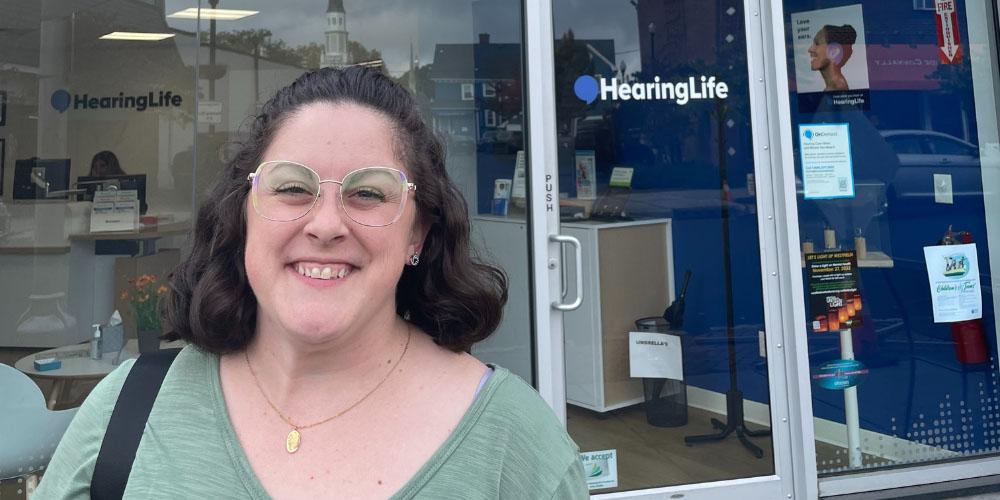
What is hearing loss in one ear?
Hearing loss doesn’t always happen equally in both ears. Hearing loss in one ear, called unilateral hearing loss, occurs when one ear has hearing loss, but the other ear can hear normally.
Both children and adults can experience unilateral hearing loss. Sometimes it’s temporary and can be treated to restore normal hearing—often the case with unilateral conductive hearing loss. Other times, the hearing loss can be permanent (sensorineural).
While one ear can hear normally with unilateral hearing loss, our bodies were designed to be binaural, or to hear with both ears. Our ears constantly communicate with one another as they absorb sounds from the environment. People who can’t hear out of one ear may find it difficult to:
- Detect where a sound is coming from (sound localization)
- Hear and understand speech—especially in crowded, noisy environments
- Hear clearly and loudly, since sound may be muffled and the volume diminished
- Tune out background noises
This type of hearing loss can range from mild to profound; if the loss is severe enough, it may mean the person is deaf in one ear. In these cases, it is sometimes called single-sided deafness (SSD).
What can I do to treat my muffled ear?
If you start to experience muffled hearing or hearing loss in one ear, you should contact a physician, preferably a physician specializing in diseases of the ear, such as an ENT. They can examine the issue and refer you to an audiologist to properly evaluate and diagnose the hearing problem.
Depending on the cause, treatment options when you can't hear out of one ear may include:
- Antibiotics (for ear infections)
- Removing the impacted ear wax (or foreign object stuck in ear)
- Surgery (ex. to repair a perforated eardrum)
- Hearing aids















